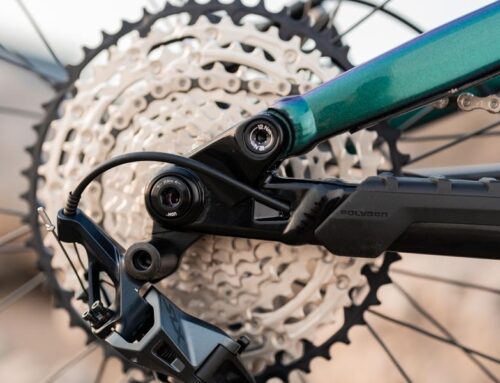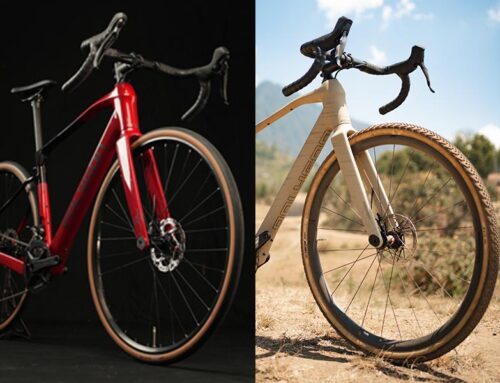Bike helmets are essential for protecting your head while cycling, but have you ever wondered if they have an expiration date? Understanding the lifespan of a bike helmet is crucial for ensuring your safety on the road. In this article, we will explore the concept of bicycle helmet expiration and provide insights into when and why helmets should be replaced.
Where Can I Find My Bike Helmet Expiration Date?

When it comes to bicycle helmets, it’s important to note that they don’t have an official expiration date printed on them. Unlike food or medication, helmets don’t come with a specific date indicating when they expire.
One crucial factor to consider is the production date of the helmet as manufacturers often imprint the production date on the helmet, typically in the inner padding area. This information can give you an idea of how long the helmet has been in use and help you assess its age.
As a matter of safety prevention, there are ways to identify helmet expiration by various factors and they are noticeable even for beginners.
Bike Helmet Rule of Thumb Expiration: 5 Years of Use

Experts at Snell Foundation have established recommended timeframes for helmet expiration. These guidelines take into account a multitude of factors that contribute to the degradation of helmet performance over time. The Snell Foundation’s findings are the result of comprehensive studies aimed at understanding the effects of material deterioration, environmental conditions, and industry development on helmet effectiveness.
The recommended timeframe for helmet expiration aims to ensure optimal protection and safety for cyclists. It is important to be aware of these guidelines and replace your helmet accordingly to maintain the highest level of protection during your cycling adventures.
Read more: 4 Easy Guides on Taking Care of Bike Helmets
3 Factors that Contribute to Helmet Expiration

Extensive research conducted by the Snell Foundation, encompassing comprehensive studies, has yielded findings that shed light on the impact of various factors on helmet effectiveness. These factors include the influence of material deterioration, environmental conditions, and industry development on bicycle helmet effectiveness.
1. Material Deterioration
Material deterioration is a significant factor that contributes to helmet expiration. Over time, the materials used in helmet construction may degrade or weaken, compromising their ability to provide adequate protection. Examples of material deterioration include:
- Outer Shell Degradation: The outer shell may become brittle, develop cracks, or show signs of discolouration, indicating a loss of structural integrity.
- Foam Padding Compression: The foam padding inside the helmet may compress or lose its resilience, reducing its ability to absorb impact forces effectively.
- Strap and Buckle Wear: Continuous use and exposure to sweat, dirt, and UV rays can cause the straps and buckles to wear out, affecting the helmet’s fit and stability.
2. Environmental Conditions
The environment in which a helmet is used can also impact its lifespan. Various environmental factors can contribute to the deterioration of a helmet over time. Examples of environmental conditions that can affect helmet expiration include:
- Exposure to UV Radiation: Prolonged exposure to sunlight can cause the helmet’s materials to degrade, leading to reduced effectiveness and protection.
- Extreme Temperatures: Extreme heat or cold can accelerate the aging process of the helmet’s components, potentially compromising its structural integrity.
- Moisture and Humidity: Continuous exposure to moisture or high humidity levels can promote the growth of mould and mildew, impacting the helmet’s safety and hygiene.
Read more: 5 Signs to Replace Your Bike Helmet
3. Industry Development
The field of helmet technology and industry standards continuously evolve, leading to advancements in design, materials, and safety regulations. Industry development is a crucial factor that affects helmet expiration. Here are some examples of how industry development contributes to helmet expiration:
- Updated Safety Standards: As safety standards evolve and become more stringent, older helmet models may not meet the latest requirements. Helmets certified under outdated standards may not provide the same level of protection as newer models.
- Technological Advancements: Advancements in helmet technology, such as improved impact absorption systems or enhanced ventilation, can make older helmet designs outdated in terms of safety and performance.
- Discontinued Parts and Accessories: Over time, manufacturers may discontinue certain helmet models or components. This can make it challenging to find replacement parts or accessories, compromising the helmet’s integrity and effectiveness.
Conclusion
While bike helmets may not have an official expiration date, understanding the factors that contribute to helmet expiration is crucial for maintaining safety on the road. The Snell Foundation’s recommended time frame of 5 years of use takes into account material deterioration, environmental conditions, and industry development.
Staying informed, regularly checking your helmet’s condition, and replacing it within the recommended timeframe will ensure optimal protection and safety while cycling. Remember, your helmet is a vital safety tool, and adhering to these guidelines will help guarantee its effectiveness in protecting your head.
At Rodalink Singapore, we go beyond just offering high-quality helmets and bike accessories to make sure that the products you use can have their longest lifespan. We also provide expert service and guidance to ensure that you have the best cycling equipment for your needs.
Come visit our store for personalized recommendations based on your riding style and preferences. With Rodalink, you can trust that you are receiving not only top-notch products but also expert support to make informed decisions and elevate your cycling experience.







